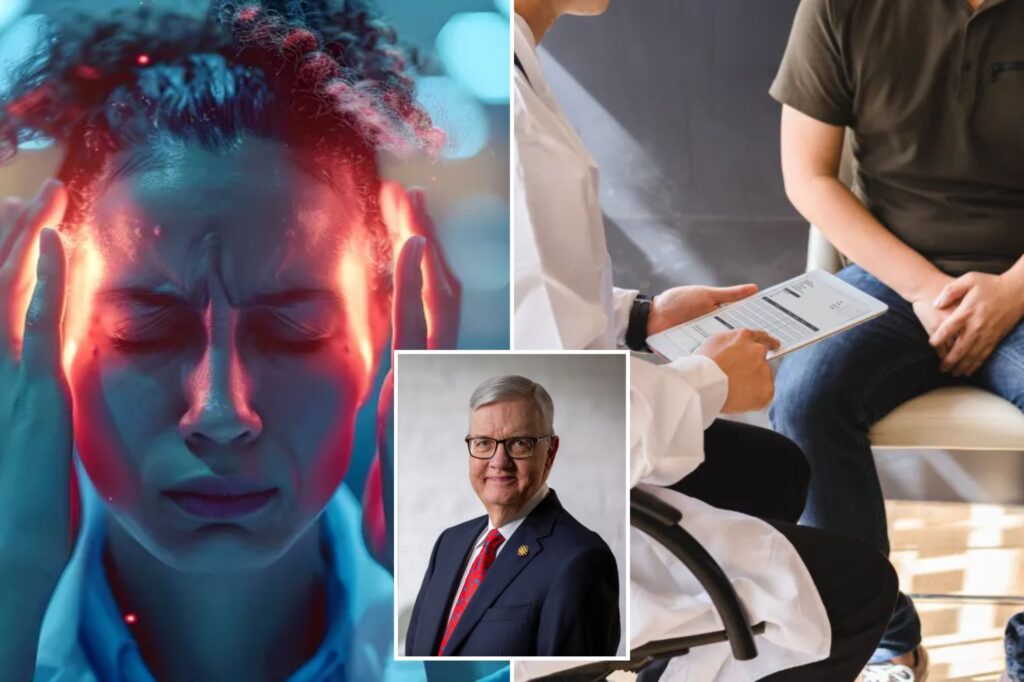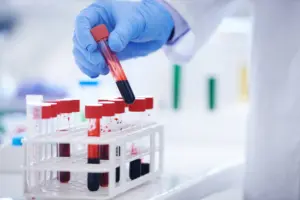
Chronic pain is a silent adversary that can severely impact an individual’s quality of life, leading to social withdrawal, sleep disturbances, and depression. While injury and disease are common culprits, millions of Americans suffer from pain without a clear cause, complicating treatment efforts. This hidden agony may be attributed to neuroplastic pain, a type of chronic pain stemming from changes in the nervous system rather than direct trauma or illness.
Neuroplasticity refers to the brain’s capacity to adapt and change in response to experiences and learning. However, not all changes are beneficial; sometimes, the brain reinforces existing pain pathways or creates new ones, increasing sensitivity to pain signals. “This heightened sensitivity can result in the brain misinterpreting normal or low-level signals from the body as dangerous, causing pain and other symptoms even when there’s no ongoing tissue damage or structural issue,” explained Dr. David Clarke, a gastroenterologist and president of the Association for the Treatment of Neuroplastic Symptoms (ATNS).
Identifying Neuroplastic Pain
In addition to pain, individuals may experience fatigue, digestive issues, and headaches. Research indicates that neuroplastic changes in the brain and spinal cord contribute to chronic pain conditions like fibromyalgia, irritable bowel syndrome, migraines, chronic fatigue syndrome, and long COVID. But how can one determine if their pain is neuroplastic?
Five Signs of Neuroplastic Symptoms
Dr. Clarke highlights several indicators that neuroplastic symptoms might be affecting you:
- Traumatic childhood events, such as abuse or neglect, can lead to chronic pain and illness later in life.
- Post-traumatic stress disorder (PTSD) is a common source of neuroplastic symptoms.
- Anxiety can exacerbate neuroplastic symptoms.
- Lack of identifiable illness or injury despite persistent pain.
- Positive responses to stress, trauma, and emotion-related questions in self-assessment quizzes.
If these signs resonate, Dr. Clarke advises seeing a physician for an evaluation. Should no illness or injury be identified, and with your doctor’s support, consider taking the ATNS self-assessment quiz. Answering “yes” to several questions may indicate you’re on the right path to addressing the root cause of your symptoms.
Treatment Approaches
The treatment for neuroplastic pain often involves addressing underlying stressors and psychological factors. Instead of traditional medication, therapies may focus on rewiring the brain through:
- Gradual exposure to anxiety-provoking situations.
- Emotional awareness exercises.
- Stress reduction techniques.
“New research confirms that neuroplastic recovery therapies achieve far better outcomes for non-structural pain or illness than earlier forms of treatment,” Dr. Clarke noted. These therapies aim to retrain the brain to respond differently to pain signals, potentially alleviating symptoms.
Broader Implications and Future Directions
The recognition and understanding of neuroplastic pain represent a significant shift in addressing chronic pain conditions. This development comes as healthcare providers increasingly acknowledge the complex interplay between mental and physical health. The move towards neuroplastic recovery therapies underscores the importance of a holistic approach to pain management.
As research continues to evolve, the hope is that more effective and personalized treatment options will become available, offering relief to those suffering from chronic pain without a clear physical cause. In the meantime, individuals are encouraged to seek comprehensive evaluations and explore therapies that address both the mind and body.
Ultimately, the journey toward managing neuroplastic pain is one of understanding and adaptation, both for patients and the medical community. By embracing the brain’s ability to change, there is potential for significant improvements in the lives of those affected by chronic pain.







